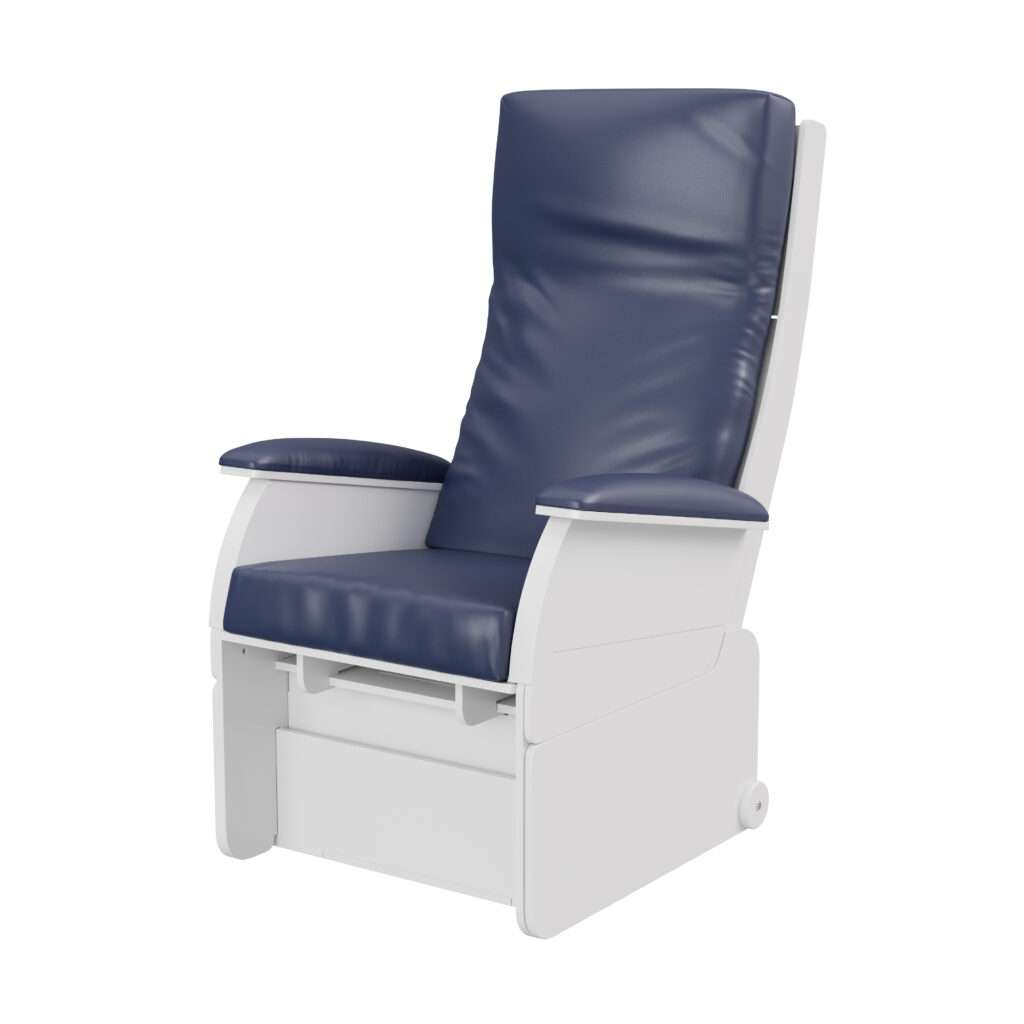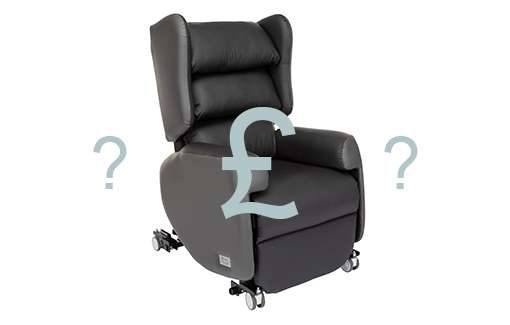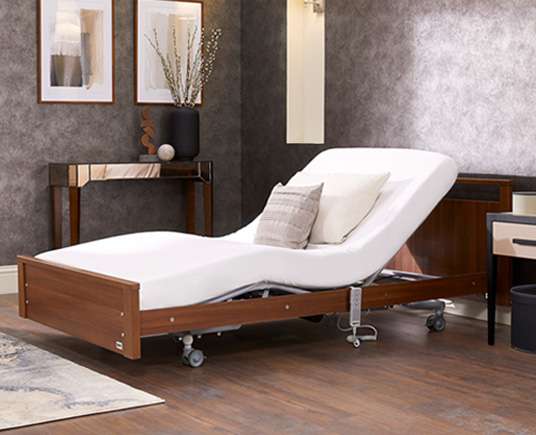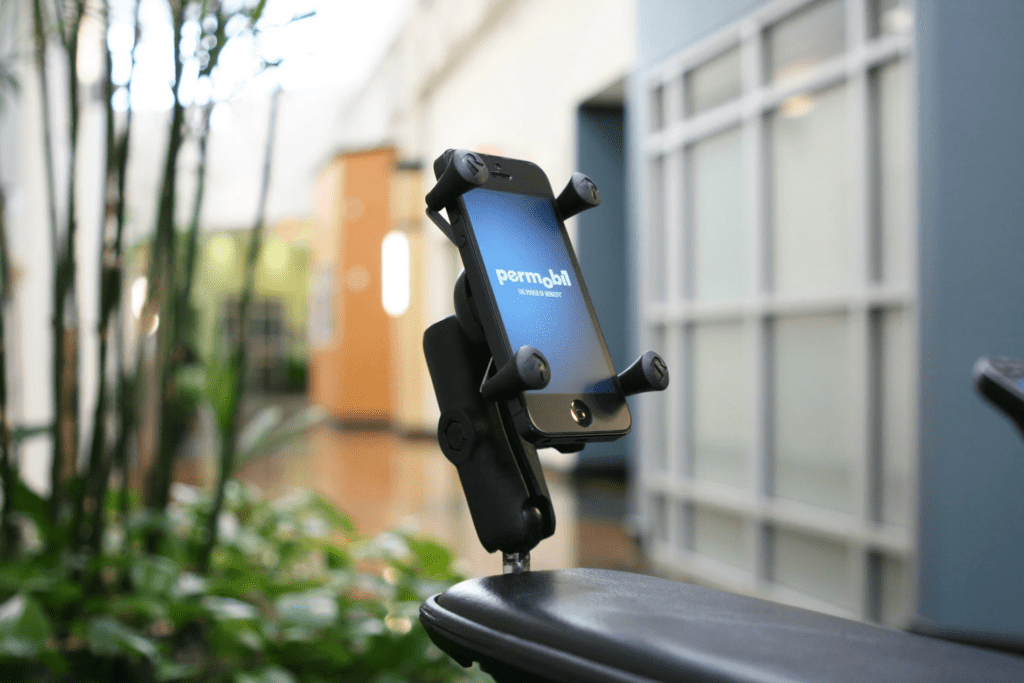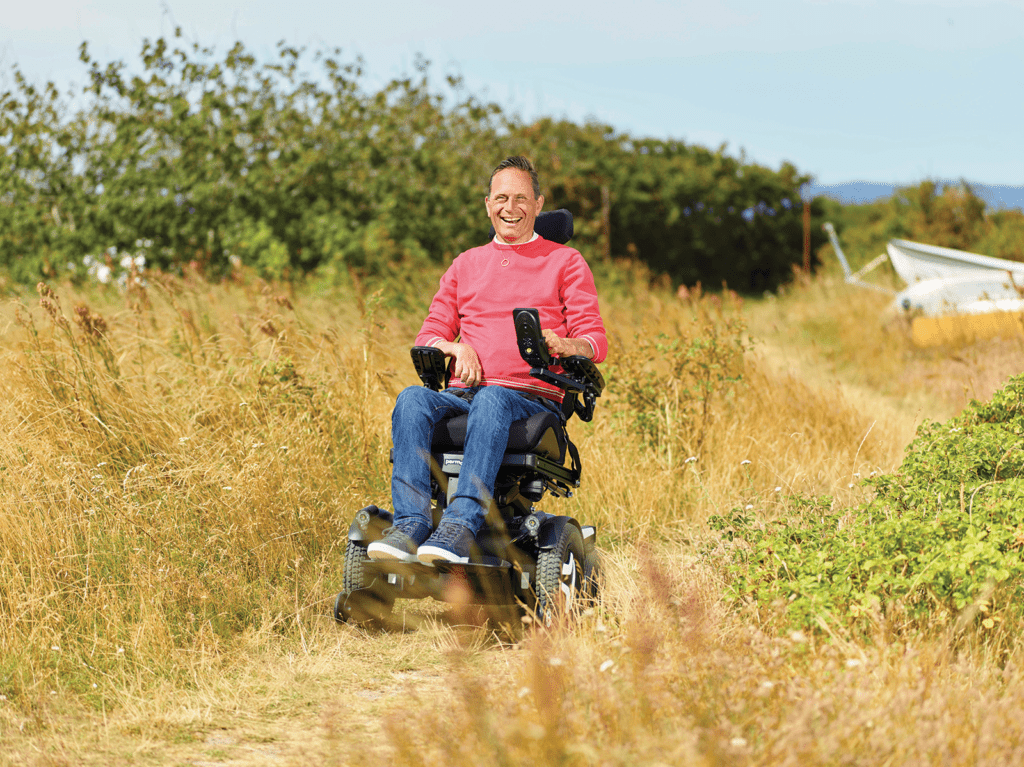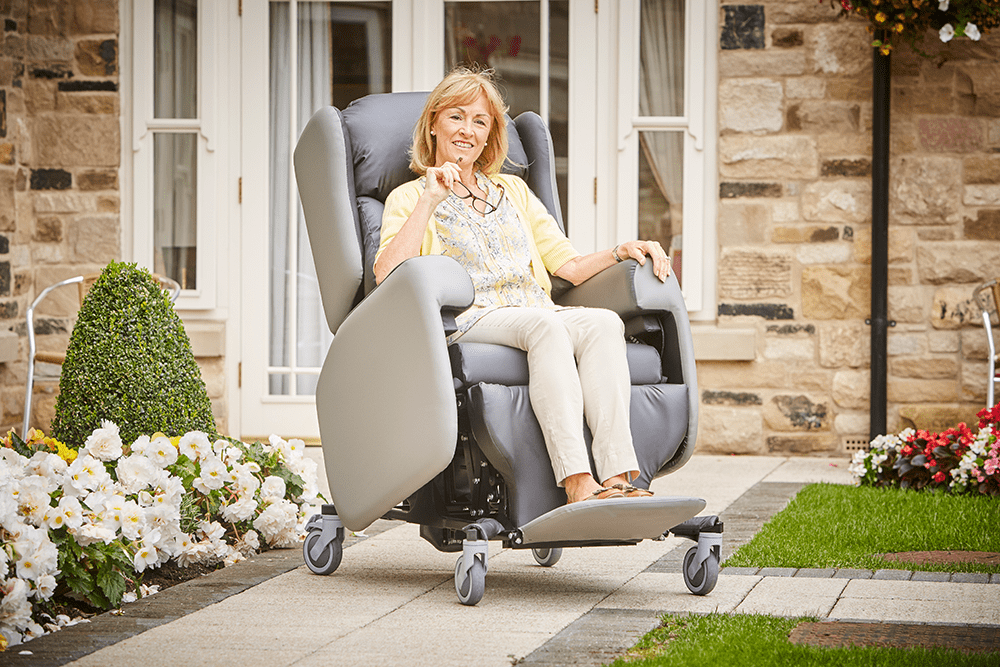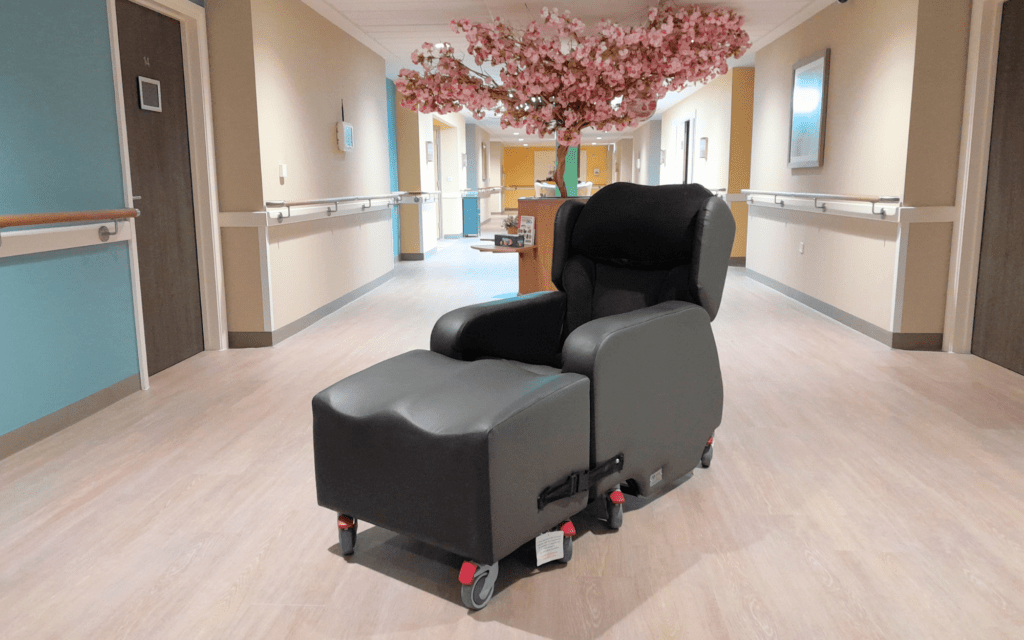What is the difference between a hospital ward bedside chair and a riser recliner chair, and what are they both used for? Before we get into the minutiae of where each one is used, it is important to define what we mean by each.
This article will help you understand the benefits of each chair and where each one works best.
Jump straight to...
-
- What is a Hospital Ward Bedside Chair?
- What is a Riser Recliner Chair?
- What are the Main Differences Between a Hospital Ward Bedside Chair and a Riser Recliner?
- What are Hospital Ward Bedside Chairs used for?
- What are Riser Recliner Chairs Used for?
- What Environments They are Best for and How to Choose
- Summary
- FAQs
-
What is a Hospital Ward Bedside Chair?
To state the painfully obvious, these are the type of chairs you will see in hospital wards up and down the country. Basic in design, and usually upholstered in vinyl with a high backrest, they are used in patient waiting rooms and at hospital bedsides. Their simple design, metal frame and padded seat and backrest makes them easy to clean, and the vinyl upholstery is more resistant to heavy use. The design of the chair keeps the patient upright and helps maintain a good hip/knee angle, helping them get mobile again after being bedbound.
Other terms used to describe this chair might be hospital ward chair, hospital bedside chair, high backed chair, or patient chair.
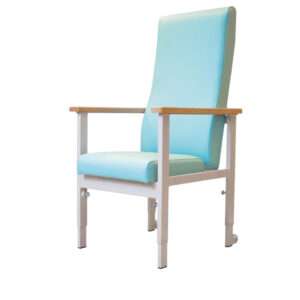
Hospital high back chair
The HiBack Solution
To solve the endemic problems with standard high back chairs in hospitals, we launched the HiBack, a unique ward seating solution and first of its kind, solving so many issues with existing seating such as hard fabrics, lack of adjustment and hygiene issues.
What is a Riser Recliner Chair?
A riser recliner chair is essentially an assistive chair that helps the user stand up and sit down, helping them with any mobility or balance issues they may have.
It is a fairly broad seating category, covering a range of manual or motorised actions, and different tilt and rise functions.
Other terms used to describe these chairs could be recliner chairs or rise and recline chairs.
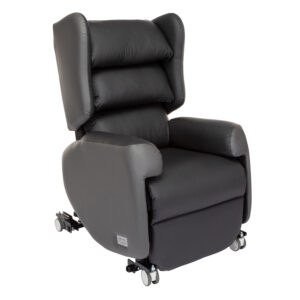
What are the Main Differences Between a Hospital Ward Bedside Chair and a Riser Recliner?
-
-
- Adjustability. Riser recliners have tilt and rise functions to change the position of user and lift them out of the chair. This is because of the motorised legrest, backrest options and tilt-in-space facility. However, hospital ward bedside chairs have more limited adjustability, usually restricted to height adjustment.
- Construction. Riser recliners are made to a higher specification than ward chairs, with a more complex frame structure and electric motors. They also have higher levels of padding and upholstery. Hospital ward bedside chairs are made to a more elementary design, with a basic steel frame and simpler construction.
- Patient Profile. Riser recliners are used for people with higher clinical and pressure relief needs. Hospital ward bedside chairs are very common in general wards, but riser recliners are more useful for rehabilitation wards where recovery times are longer.
- Sitting Duration. Riser recliners are built for people with less mobility who are seated for longer lengths of time, with the right dimensions and materials for good pressure relief and postural support. Hospital ward bedside chairs are practical for a good sitting position but not suitable for those who are unable to maintain an upright posture, as the seat is not shaped or cushioned for longer sitting periods.
-
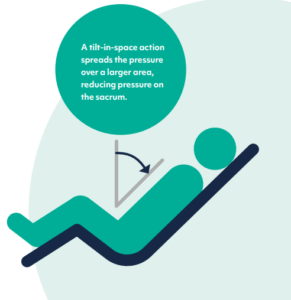
Tilt-sin-space functionality on a riser recliner chair
What are Hospital Ward Bedside Chairs used for?
Hospital ward bedside chairs are used as a universal seating solution throughout a variety of hospital settings.
They are used in patient waiting areas as a one-size-fits-all chair, providing suitable seating for patients to wait and see a healthcare professional.
They are also used in examination rooms to seat patients during consultations or examinations. In these scenarios they may have additional features like height adjustment and armrests.
For patients recovering in a hospital ward, they are used as bedside chairs to keep patients comfortable and supported as they recover from operative treatment and regain their mobility.
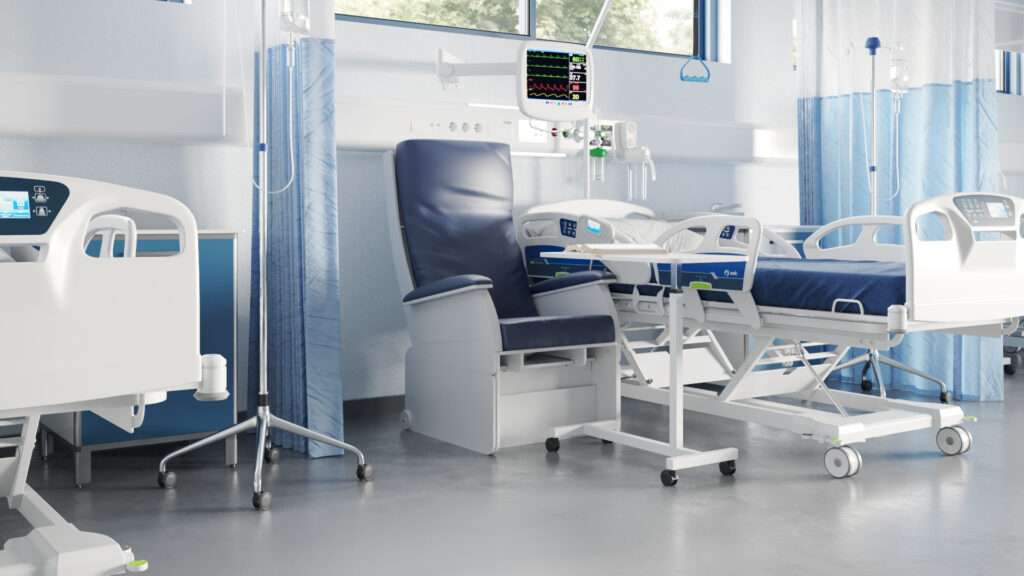
What are Riser Recliner Chairs Used for?
Riser recliners are used to help patients rehabilitate who have less mobility. Their recline function and different positioning options help keep the patient comfortable for longer periods of sitting. The rise function helps the patient get to their feet in a safe and supported way, gradually helping them sit-to-stand as their mobility progresses.
These are particularly useful in Elderly & Medicine wards where older patients will typically have less mobility.

What Environments They are Best for and How to Choose
Hospital ward bedside chairs are most suited to bedside seating in patient wards, and for people who are in hospital for shorter periods of times. Bariatric versions are available to accommodate plus-sized patients.
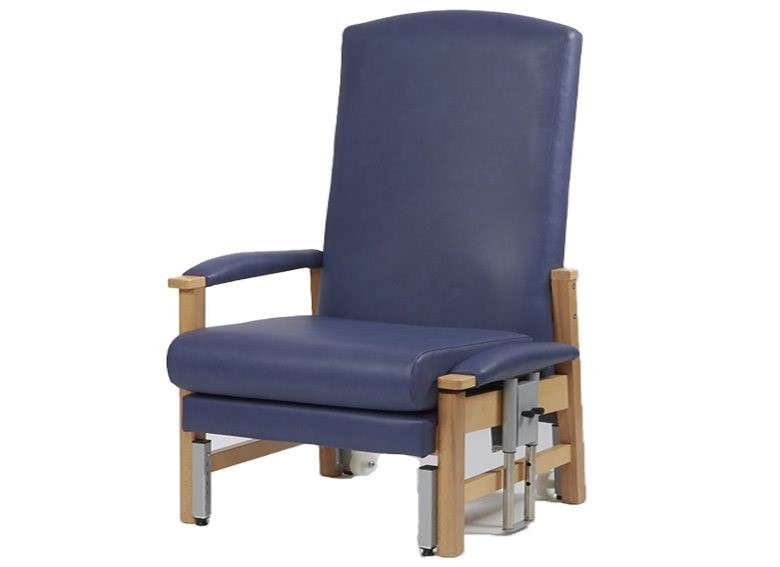
Bariatric High Back Bedside Chair
Rise recliners are useful for patients who have a longer recovery period, or have pre-existing health or mobility issues. They are also very beneficial for oncology patients undergoing oncology treatments such as infusion therapies, helping to maximise their comfort throughout the treatment process. The Lento Mobile with its portering ability helps increase mobility of the patient, by moving them around the ward or transferring between different wards and social areas.
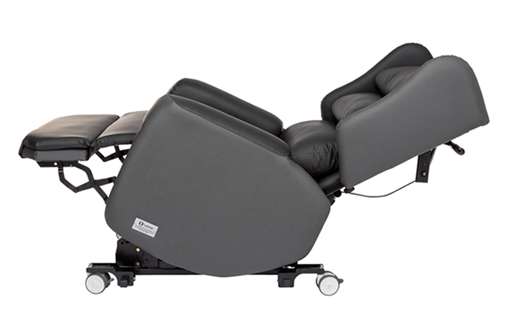
Lento Mobile Riser Recliner chair
Summary
There is a clear distinction between hospital ward bedside chairs and riser recliners, and the environments they are used for.
Hospital ward bedside chairs are easier to clean, and some like our HiBack Bedside chair have anti-microbial surfaces for infection control.
Riser recliners have greater positioning options and the ability to specialise more to different patient needs. In terms of infection control requirements, there have been significant advancements, with the use of magnetic cushions and easily removeable parts for deep cleaning.
For more information on different hospital ward bedside chairs and riser recliners, please contact our seating team.
Get In Touch With Our Seating Team
FAQs
1. Are hospital ward bedside chairs comfortable for long-term use?
Hospital bedside chairs are designed for short-term seating. If prolonged comfort is required, a riser recliner is a better choice.
2. Can riser recliner chairs be used in hospitals?
Yes, they are commonly used in rehabilitation, oncology, and elderly care wards.
3. Are hospital ward bedside chairs adjustable?
Most offer height adjustment but lack the recline and tilt-in-space functionality of riser recliners.
4. Which chair is better for pressure relief?
Riser recliner chairs offer better pressure relief due to advanced cushioning and positioning options.
5. How do I clean these chairs for infection control?
Hospital ward bedside chairs often feature anti-microbial vinyl surfaces for easy cleaning. Many modern riser recliners have removable cushions for deep cleaning.





